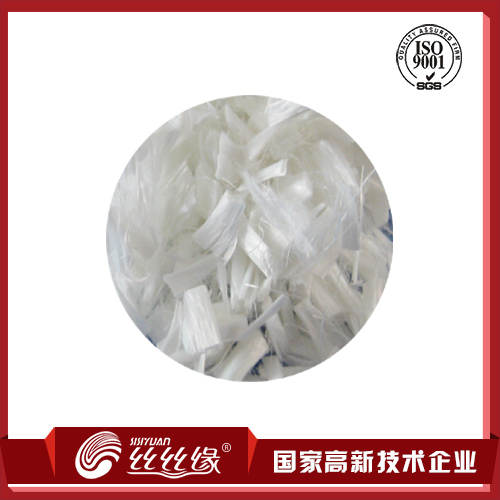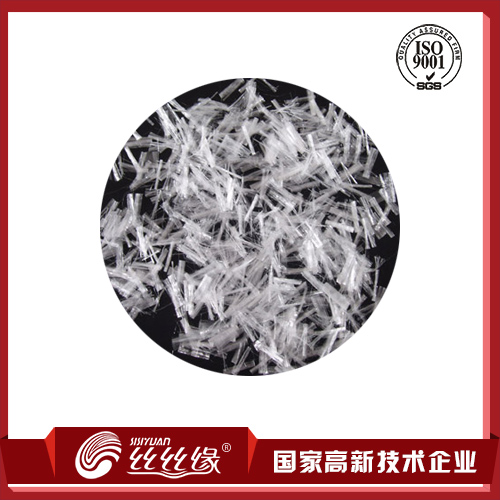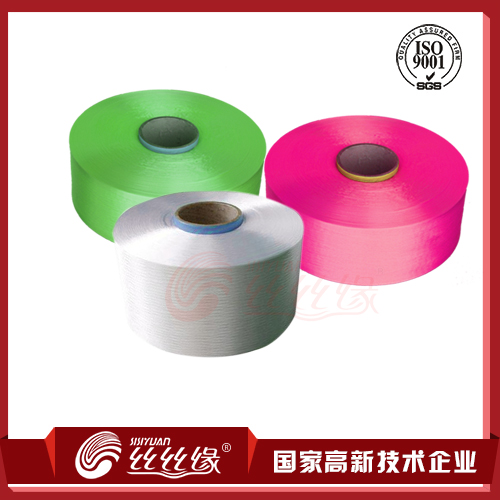
In the recent stage, the chemical fiber market experienced both the plunge after the surge of the upstream chemical fiber raw materials market, and the “China-US trade war” against the terminal textile and apparel export market. The market was bleak, and the whole market showed a strong wait and see. mood.
In October, we ushered in three heavyweights! Can these three good news inject a booster into the textile industry in the "Silver Ten"?
01 The central bank lowered the release of over one trillion yuan, and the real economy was supported again.
On October 7, the People's Bank of China announced that it will cut the deposit reserve ratio of some financial institutions by 1 percentage point from October 15 to replace the medium-term loan facility (MLF) due on the day.
From October 15, 2018, the renminbi deposit reserve ratio of large commercial banks, joint-stock commercial banks, city commercial banks, non-county rural commercial banks, and foreign banks will be lowered by 1 percentage point, and the medium-term loan facility (MLF) expired on the same day. Continue to do it again.
In addition to this part, the RRR reduction can also release incremental funds of about 750 billion yuan. It can increase the financial resources of financial institutions to support small and micro enterprises, private enterprises and innovative enterprises, promote the vitality and resilience of economic innovation, enhance the growth momentum of endogenous economy, and promote the healthy development of the real economy.
Good:
With the central bank, government funds and government's concerns shifting to thousands of small and micro enterprises, especially to speed up the "debt-to-equity swap", the tight cash flow pressure of textile companies is expected to be effectively alleviated.
Secondly, the funds of textile traders and weaving enterprises are supplemented, which is conducive to the stability of the textile market and the long-term development of the market.
In 2002, the export tax rebate rate was raised twice, and the textile enterprises welcomed the negative red envelope.
At the State Council executive meeting on October 8, the measures to improve the export tax rebate policy and speed up the tax rebate have been confirmed. This measure has reduced the burden for enterprises and is also conducive to China's steady growth in foreign trade.
The meeting decided that from November 1, 2018, the current export tax rebate rate for goods will be 15% and part of 13% to 16%; 9% to 10%, some to 13%; 5% Raised to 6% and partially raised to 10%. The export tax rebate rate for products with high energy consumption, high pollution, resource products and tasks facing de-capacity remains unchanged.
At the same time, the tax system will be further simplified, and the tax rebate rate will be reduced from the original seven to five, speeding up the tax refund. The average time for tax refunds will be reduced from the current 13 working days to 10 working days before the end of this year.
Good:
On the one hand, the increase in export tax rebates can increase the profits of enterprises and reduce the burden on enterprises; on the other hand, the average time for export tax rebates is shortened from the current 13 working days to 10 working days, which will also help enterprises to have sufficient cash flow. To ease the pressure on corporate capital turnover.
03 From November, China lowered the MFN tariff rate for some commodities
In order to implement the decision-making arrangements of the Party Central Committee and the State Council, China has implemented zero tariffs on most imported drugs since May 1 this year, and reduced import tariffs on automobiles, parts and components, and some daily consumer goods since July 1. The implementation of the information technology agreement to expand the product in the third step of tax reduction.
The tax reduction mainly involves textiles; stone, ceramics, glass products; some steel and tantalum products; mechanical and electrical equipment and parts, such as metal processing machinery, textile machinery, engineering machinery, power transmission and transformation equipment, electrical equipment, instrumentation, etc. Resource goods and primary processed products, such as non-metallic minerals, inorganic chemicals, wood and paper products, gemstones, etc. There are 1585 tax items for tax-deductible goods, accounting for about 19% of the total number of tax items in China. The average tax rate has dropped from 10.5% to 7.8%, with an average reduction of 26%. At the same time, with the overall tariff level, especially the reduction of import tariffs on pharmaceuticals and consumer goods, the tax rate for import duties of imported goods (commonly known as postal tax) is lowered accordingly.
Good:
As we all know, with the deepening of environmental protection policies, the number of weaving machines has been strictly controlled in some traditional textile clusters. How to make more profits from one machine has become a matter of great concern to weaving bosses.
Affected by the looms and technology upgrades, more and more weaving companies are now buying imported looms. The reduction of the import tax rate of textile machinery will directly reduce the operating costs of enterprises.
Reducing the standard, increasing the export tax rebate, and lowering the MFN rate of the goods, the benefits of the above three great news can be clearly visible to the textile enterprises.
I believe that with the help and support of these favorable policies, textile people will be able to step out of the trough and the textile industry will take it to the next level!







